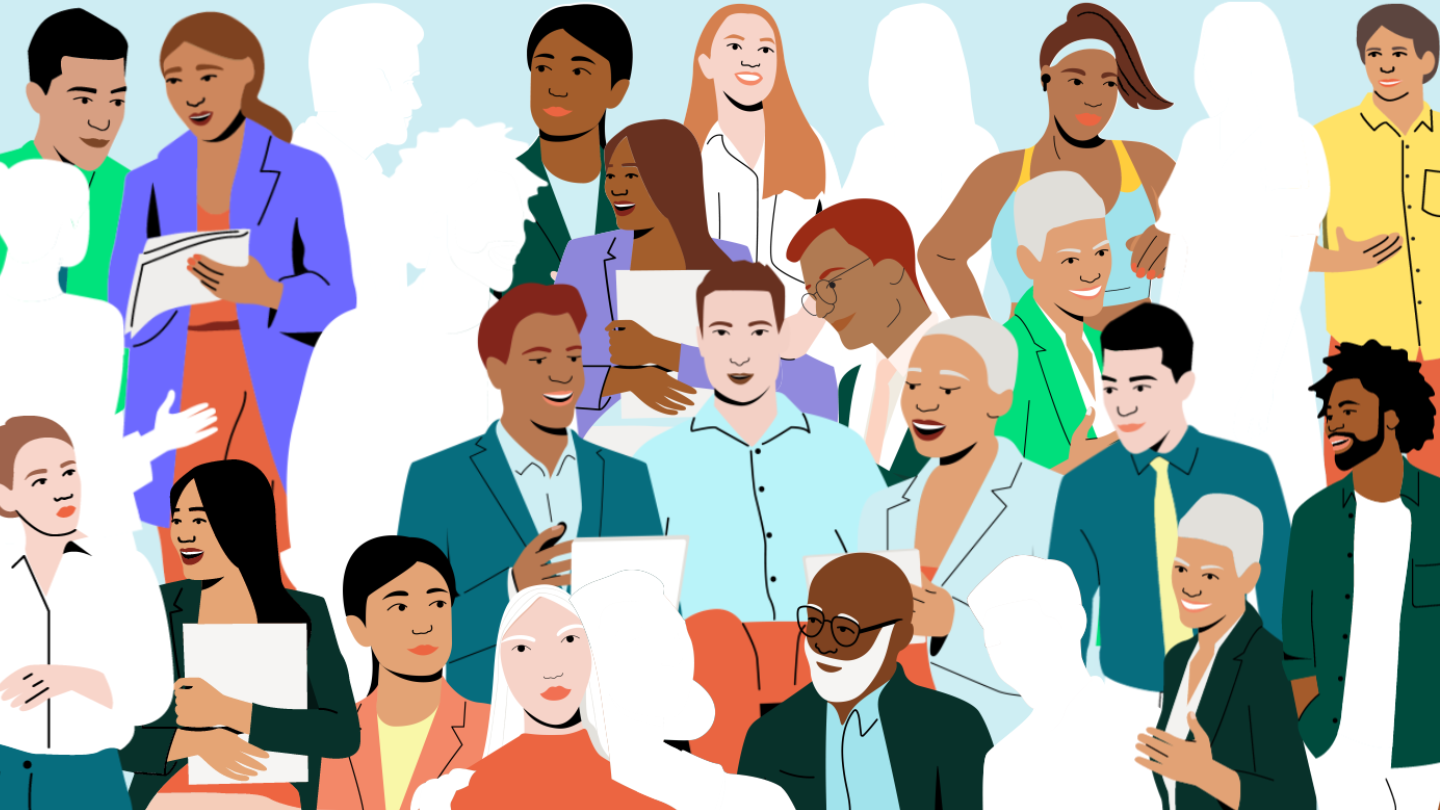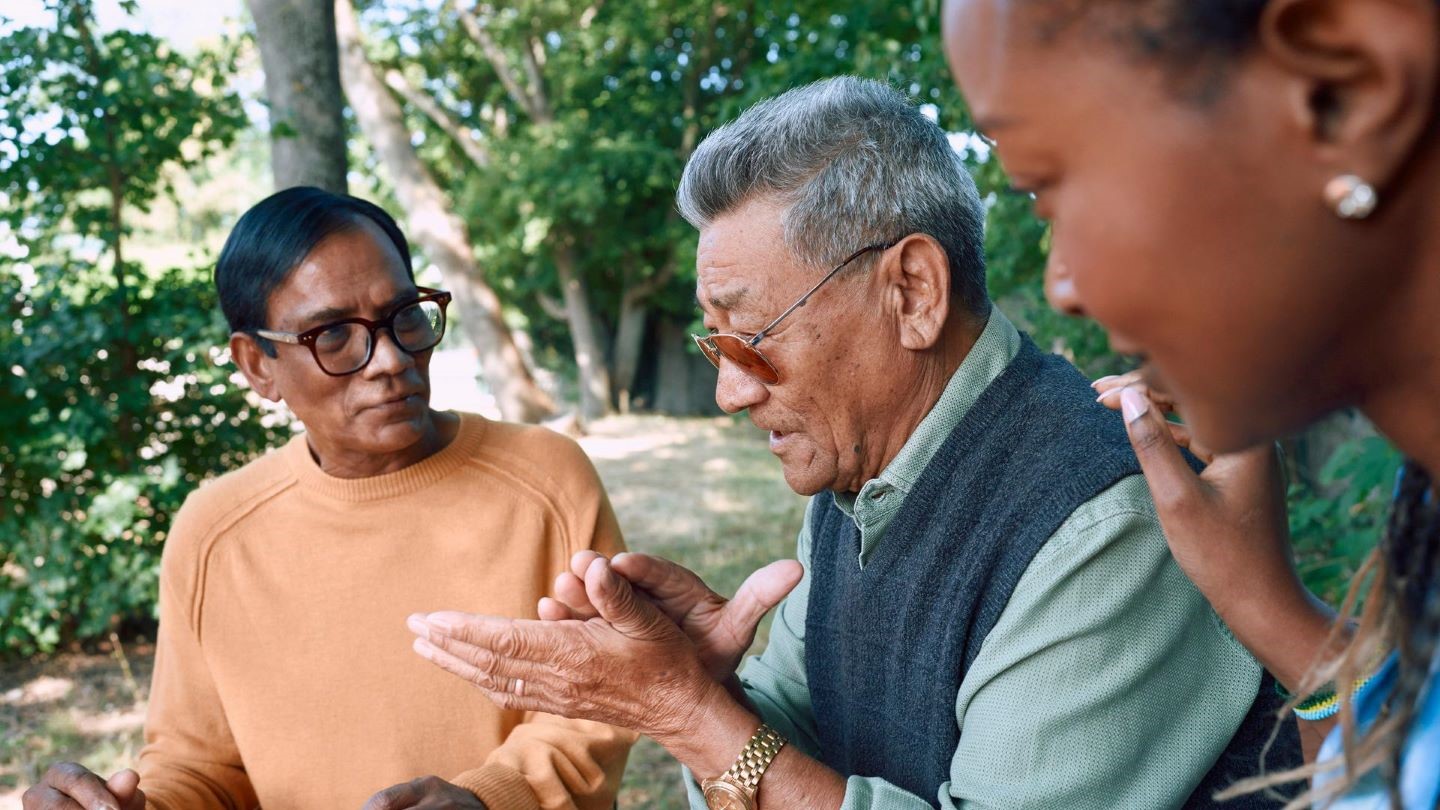Embracing diversity in clinical trials: A global mandate
Have you ever wondered why medicines work differently for different people? Each patient is unique. By embracing diversity in clinical trials, we enable more equitable and inclusive healthcare.

The need for diversity in clinical trials
Have you ever wondered why medicines may work differently for different people? Just as every human is unique, so is their response to healthcare treatments. One reason is contributing biological factors, including genetics, gender and age. Another is unequal access to clinical trials, due to socio-economic aspects such as low health literacy and living in remote areas. At Boehringer Ingelheim, we understand the importance of diversity in clinical trials, not only to develop treatments that address the needs of our world’s increasingly diverse population, but also to enable more equitable healthcare.
Addressing healthcare disparities through diversity in clinical trials
In our current world, we observe the impact of demographic changes, population movements, societal polarization and concerning healthcare disparities . These trends underline the importance of including more diversity criteria in the design of clinical trials. “Innovation in medicine will only be possible through real diversity in clinical trials. This will be essential if we are to develop solutions to some of the biggest challenges we see in our healthcare systems, which often prevent access for many underserved communities,” shares Dr. James Kinniburgh, Global Head of MORE HEALTH.
Historically, women, racial and ethnic minorities, the elderly, rural populations and other underserved communities have often been underrepresented in clinical trials. In 2020, the Center for Drug Evaluation and Research (CDER) in the United States approved 53 novel drugs. Of the ca. 32,000 patients participating in these clinical trials, 75% were White, 11% Hispanic, 8% Black or African American and 6% Asian.1 In contrast, the overall U.S. population is made up of 18.7% Hispanics and 12.1% Black or African Americans.2 “These disparities underscore our commitment to ensure that diversity in clinical trials is a cornerstone of patient recruitment” emphasizes Kwame Appenteng, Real-World Evidence Oncology Lead, GIE.3
Celeste Woolfork, U.S. Head of MORE HEALTH adds, “Without diversity in clinical trials, it is impossible to ensure the efficacy and safety for different demographic groups who may respond differently to treatments due to genetic, cultural, or environmental factors. We have to ensure that everyone gets the chance to benefit from medical progress.”
A lack of diversity in clinical trials can have real-world consequences, as treatments developed based on these trials may not work as effectively for all patients.4
Lykke Hinsch Gylvin, Chief Medical Officer shares, "For people across the world to realize the full potential of innovative therapies, it is important to represent them well early on the drug development process. Going beyond diversity, we need to start measuring the level of equity and inclusion we are building in clinical trials to make a positive difference to patients across the world."
Different dimensions of DEI in clinical trials
Diversity, Equity and Inclusion (DEI) in clinical trials is about ensuring the inclusion of a diverse set of participants to reflect a broad spectrum of human variation. Aspects include race, ethnicity, gender, age, disabilities and sexual orientation. It is also about ensuring everyone has a fair chance. Factors like language and digital skills, education, income, and other socio-economic factors, as well as cultural norms should not stop anyone from participating.
Each of these factors play a role; age can affect a patient's response to treatment, as can diet and lifestyle influences based on geographical location. Disabilities can impact how a patient uses medication or medical devices. Socio-economic circumstances and language barriers often hinder awareness and understanding of benefits of clinical trial participation. IT literacy prevents participation in online solutions. Aspects of race, ethnicity and sexual orientation are considered taboo in some parts of the world, due to cultural norms. Addressing these concerns requires time, trust and collaboration.
The power of partnerships in overcoming barriers to healthcare
“We need partners to help us educate patients on what clinical trials are,” shares Marie-Claude Raymond, VP, Head of U.S. Clinical Development & Operations. “One of our biggest challenges in recruitment is a lack of understanding what clinical trials are, their availability or as a potential way of treatment. Everyone should have the opportunity to participate in a clinical trial.”
Lesli Nordstrom, U.S. Sr. AD, Patient Engagement & Centricity, adds, “I recently asked a patient, if they had considered participating in a clinical trial for their cancer diagnosis. The response was a resounding no – because it wasn’t offered as an option by their healthcare provider. We need to find ways to collaborate with healthcare providers, so they can make more informed decisions that are in the best interests of their patients.”
Partners are particularly important for rare diseases. Gary Cobb, U.S. Head of Diversity, Equity & Inclusion in Clinical Trials, shares, “There is a lot of awareness for some diseases, like breast cancer. Advocacy organizations have done an incredible job. But what about those with a rare disease? We need partners to help us magnify the need and reach to patients who would benefit from participating in clinical trials. This also helps us develop the robust data we need to create effective treatments.”
“We are not going to take a cookie-cutter approach to diversity in clinical trials – we know that just won’t cut it. Long-term partnerships based on trust and a robust understanding of individual challenges and barriers is essential to address concerns of underserved communities,” shares Cobb.
At Boehringer, we are proud to be part of a movement to increase DEI in clinical trials. Together with PRECISE Singapore, we aim to address the diversity gap for Asian genomes, by building a database that will enable the development of treatments worldwide. Partnerships with the Yale Cancer Center and Walgreens pharmacies play a key role for us to reach more diverse patient populations. In collaboration with EmVenio, we are also developing mobile, scalable solutions that can bridge geographic distances.
Let’s create a future where every patient is cared for!
These partnerships represent our commitment to closing healthcare disparities and underscore our belief in collaboration to drive change. As Nordstrom shares, “Enabling DEI to become a cornerstone of clinical trials is in everyone’s best interest. But it will take all of us: patients, healthcare providers, advocates and so many more, to ensure we include those we need to participate. If we don’t, we miss invaluable insights and opportunities to enable more equitable, inclusive and accessible healthcare.”
At Boehringer, we are committed to embracing diversity in clinical trials and helping to create a future where every patient is seen, heard, and cared for. We invite you to join us in creating more awareness: Let’s close the gap and bring more diversity into clinical trials.
References:
1 FDA Drug Trials Snapshots Drug Trials Snapshots | FDA Last accessed: May 2024
2United States Census Bureau 2020 U.S. Population | (census.gov) Last accessed: May 2024
3Global Integrated Service
4FDA Clinical Trial Diversity Clinical Trial Diversity | FDA Last accessed: May 2024
Links

Improving access to clinical trials

Confronting health disparities in clinical trials
Downloads

Diversity in clinical trials infographic
Related Press Releases

Boehringer Ingelheim unveils its first global sustainability publication ‘Imagine’

Partnership with Precision Health Research, Singapore
Related Content


